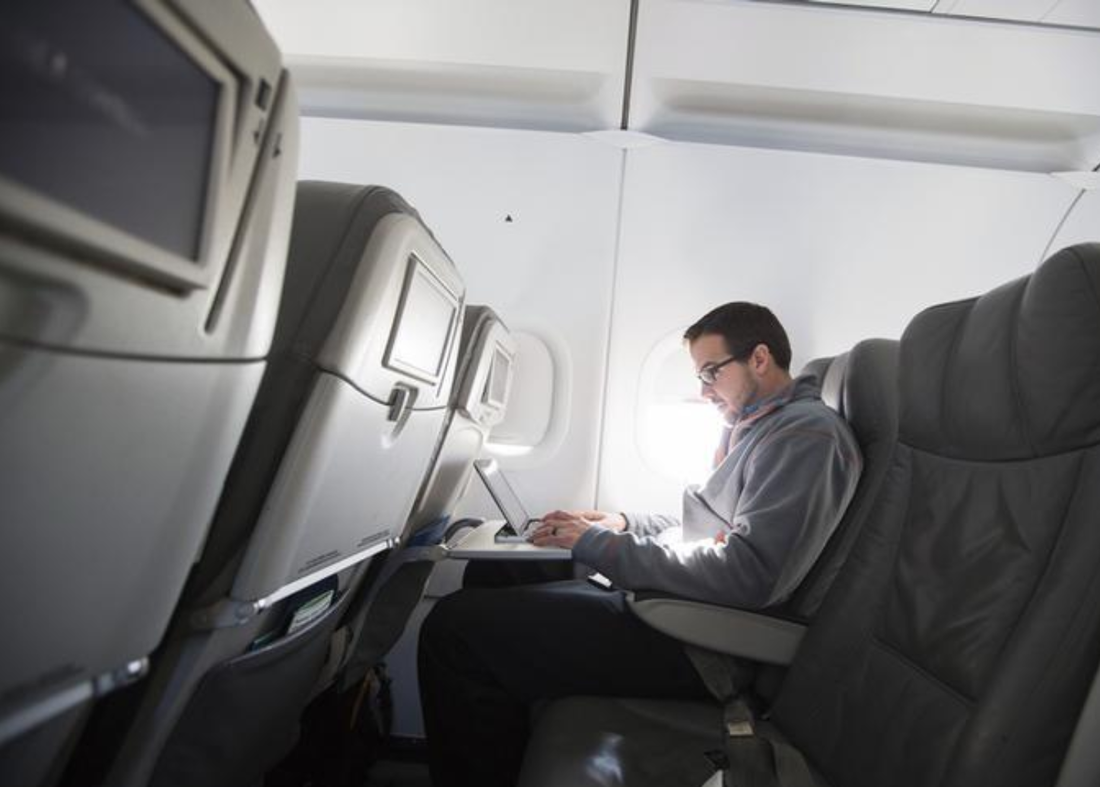|
More and more airlines are looking to provide wifi aboard their aircrafts, causing a gold-rush feeling for suppliers in the market. Availability of wifi on all available seats worldwide is up 10% from the beginning of 2017 to 43%. Accessibility to "best wifi," which provides wifi capable of streaming media and offers speeds closer to those available to homes, has doubled from 2016 to 16% of all available seats worldwide. Airlines can make money from providing onboard broadband services through sponsorships or through ancillary revenues driven aboard the airlines (passengers booking taxis or engaging in onboard retail).
Cost sensitivity among airlines has led to caution as they waited for the technology to mature to ensure they do not have to replace the systems after two years. The market is now at a point where airlines feel more comfortable adopting this next generation technology. Options for providers include connectivity providers, software/hardware providers, and satellite firms. Jan-Peter Gaense, head of passenger experience products and solutions at Lufthansa Systems, predicts a wave of mergers among the 17 or so connectivity companies as competition in the market intensifies. A study by the London School of Economics predicts that onboard broadband could generate close to $30 billion in ancillary revenue, doubling profits for airlines by 2035. Additional benefits to onboard wifi include the airlines themselves using broadband connectivity to increase maintenance efficiencies, such as spending less time grounded due to the ability to request parts en route. Click here to read the full article.
0 Comments
Your comment will be posted after it is approved.
Leave a Reply. |
A2D Digital FeedAcompanhe as principais novidades sobre transformação digital. Categorias |


